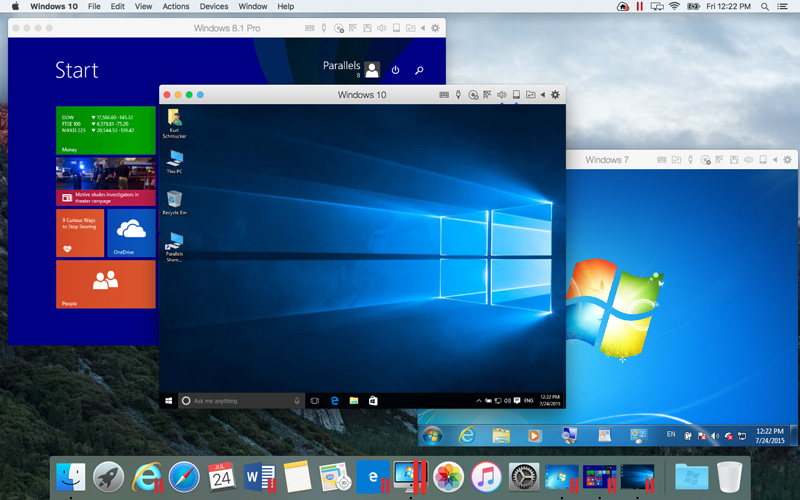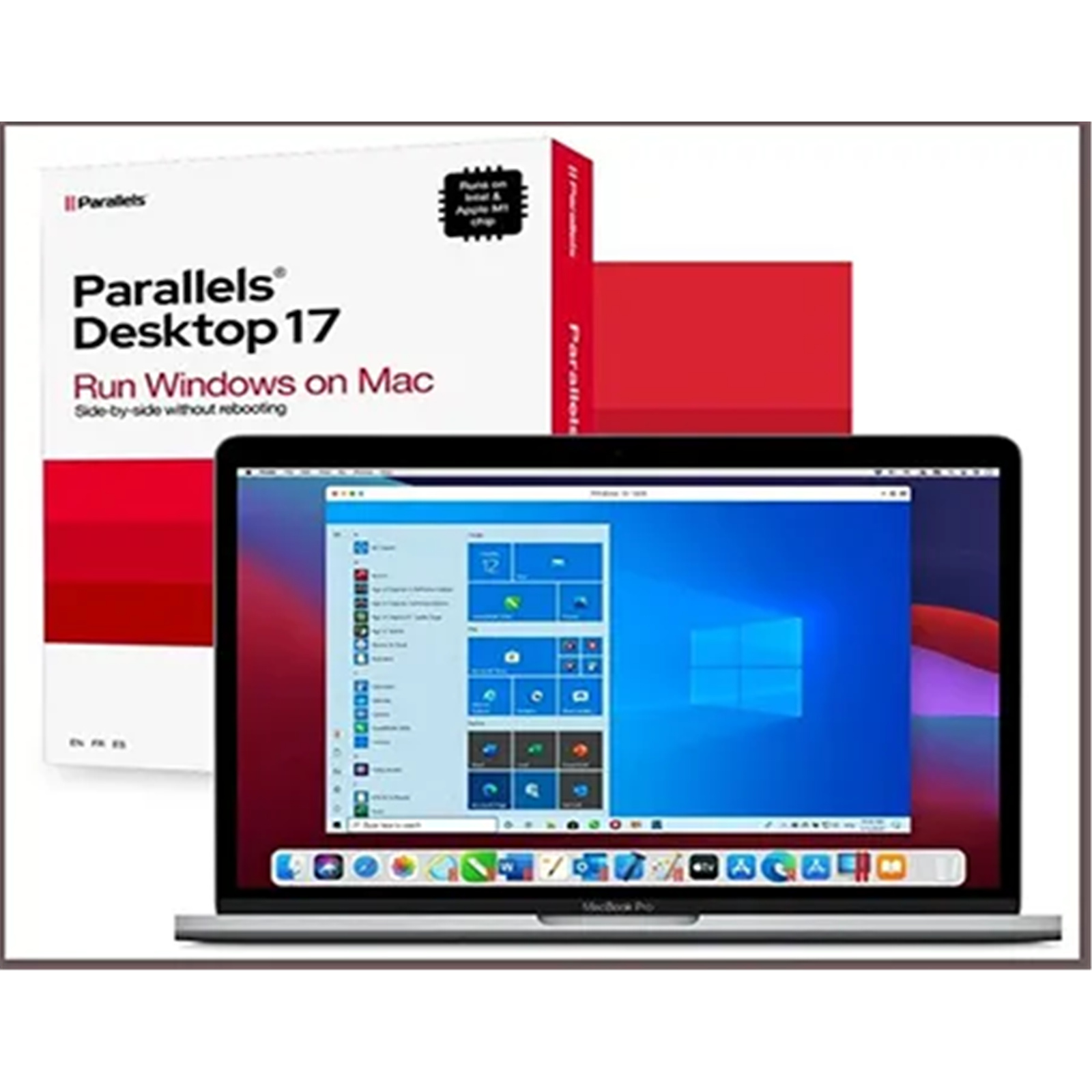

- #PARALLELS DESKTOP WINDOWS 7 MAC OS FOR MAC#
- #PARALLELS DESKTOP WINDOWS 7 MAC OS MAC OS X#
- #PARALLELS DESKTOP WINDOWS 7 MAC OS INSTALL#
- #PARALLELS DESKTOP WINDOWS 7 MAC OS FULL#
Eventually the Configuration window will appear, allowing you to customize the amount of memory and CPU cores allocated to the virtual machine. Parallels Installation Assistant will now create the virtual machine, which will take a few seconds.
#PARALLELS DESKTOP WINDOWS 7 MAC OS INSTALL#
Parallels will automatically search out the Windows install image on the Select Installation Image window.

Keep in mind that you’ll need to be logged in as a Windows Insider in order to facilitate the download. Windows 10 for ARM-based machines like the M1 MacBook, MacBook Air, Mac mini, and newly launched iMac, can be downloaded via Microsoft’s website. Step 3: Download Windows 10 on ARM Insider Preview. Registering as a Windows Insider is free – just follow this link to get started. You’ll need to register as a Windows Insider before you’ll be allowed to download the Windows 10 on ARM Insider Preview. Subscribe to 9to5Mac on YouTube for more videos The first 100 9to5Mac readers/viewers will get AirBuddy 2 with a 20% discount! Sponsor: Get AirBuddy 2 to level up your AirPods on Mac. In other words, installing Windows on an M1 Mac is about as straightforward and as simple as it gets.
#PARALLELS DESKTOP WINDOWS 7 MAC OS FOR MAC#
Unlike the Parallels Technical Preview, which we showcased late last year, Parallels 16 for Mac has eliminated many of the bugs and issues that were featured on the preview. The app is universal, meaning that it will work with both Intel and Apple Silicon-based Mac systems. Parallels Desktop 16 for Mac is the official version of Parallels for macOS users. Step 1: Download and install Parallels Desktop 16 for Mac. Watch our hands-on video walkthrough for step-by-step instructions for installing Windows 10 for ARM on your M1 MacBook, Mac mini, or iMac, and be sure to subscribe to 9to5Mac on YouTube for more Apple-centric guides and tutorials.

Parallels recently released Parallels Desktop 16 for Mac, and with it comes out-of-the-box support for M1 Macs. The idea is that program acts as a virtual machine (VM) and its job is to be the PC (one of the more boring drama classes), tricking the client OS into thinking it's inside a real x86 machine with a physical hard drive, keyboard, Ethernet card, etc., when in reality, it's merely grabbing unused CPU cycles and RAM inside another OS to do it's thing.Although M1 Macs lack support for traditional Boot Camp x86 Windows installations, it’s super-easy to install Windows for ARM on your M1 Mac. For those that are just getting to the party, here's a bit of a breakdown on virtualization. Okay, virtualization isn't totally new–it's just new to Macs and Parallels Desktop is the first out the door with a 1.0 product for Mactels. Not even the Hula Hoop can stop this one. Add to that the fact that it's cheaper than getting a new machine and you have the guaranteed latest craze.
#PARALLELS DESKTOP WINDOWS 7 MAC OS FULL#
It's no contest, virtualization has it all: multiple operating systems running on the same machine at nearly the full speed of the host's processor with each system seamlessly networking with the next. Move over emulation, virtualization is in and it's hotter than two Jessica Albas wresting the devil himself in a pit of molten steel.
#PARALLELS DESKTOP WINDOWS 7 MAC OS MAC OS X#
System requirements: Any Mac with an Intel CPU, Mac OS X 10.4.6, 512MB of RAM, 30MB free drive space


 0 kommentar(er)
0 kommentar(er)
